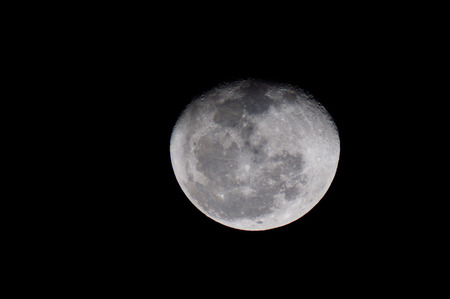The National Aeronautics and Space Administration (NASA) confirmed the presence of an upcoming “supermoon” which will brighten the night sky between Nov. 13 and 14.
The record-breaking full moon, which won’t come this close to Earth again until 2034, will be the closest to the earth since 1948.
The moon will reach its perigee, or closest point to the earth, within about 90 minutes on the morning of November 14 at 8:52 a.m. (Eastern Standard Time), NASA confirmed.
The rare phenomenon occurs when the moon is slightly closer to Earth than it normally is, and becomes most noticeable when it occurs around the same time as a full moon.
At its peak, the moon may appear 14% bigger and 30% brighter than usual.
The word “supermoon” came from astrologer Richard Nolle in 1979. He reportedly coined the term after noticing a much “bigger” version of the world’s natural satellite.
Ancient folklore, meanwhile, describes the rare occurrence as “mega beaver moon” which, coincidentally, is also the folklore name for the month of November.
According to the Old Farmer’s Almanac, it got its name partly due to earlier “colonists and Algonquin tribes, who marked the phenomenon as the time to set beaver traps before the swamps froze, to ensure a supply of warm winter furs.” Khristian Ibarrola
READ: Rare black moon to appear on Western Hemisphere Friday
